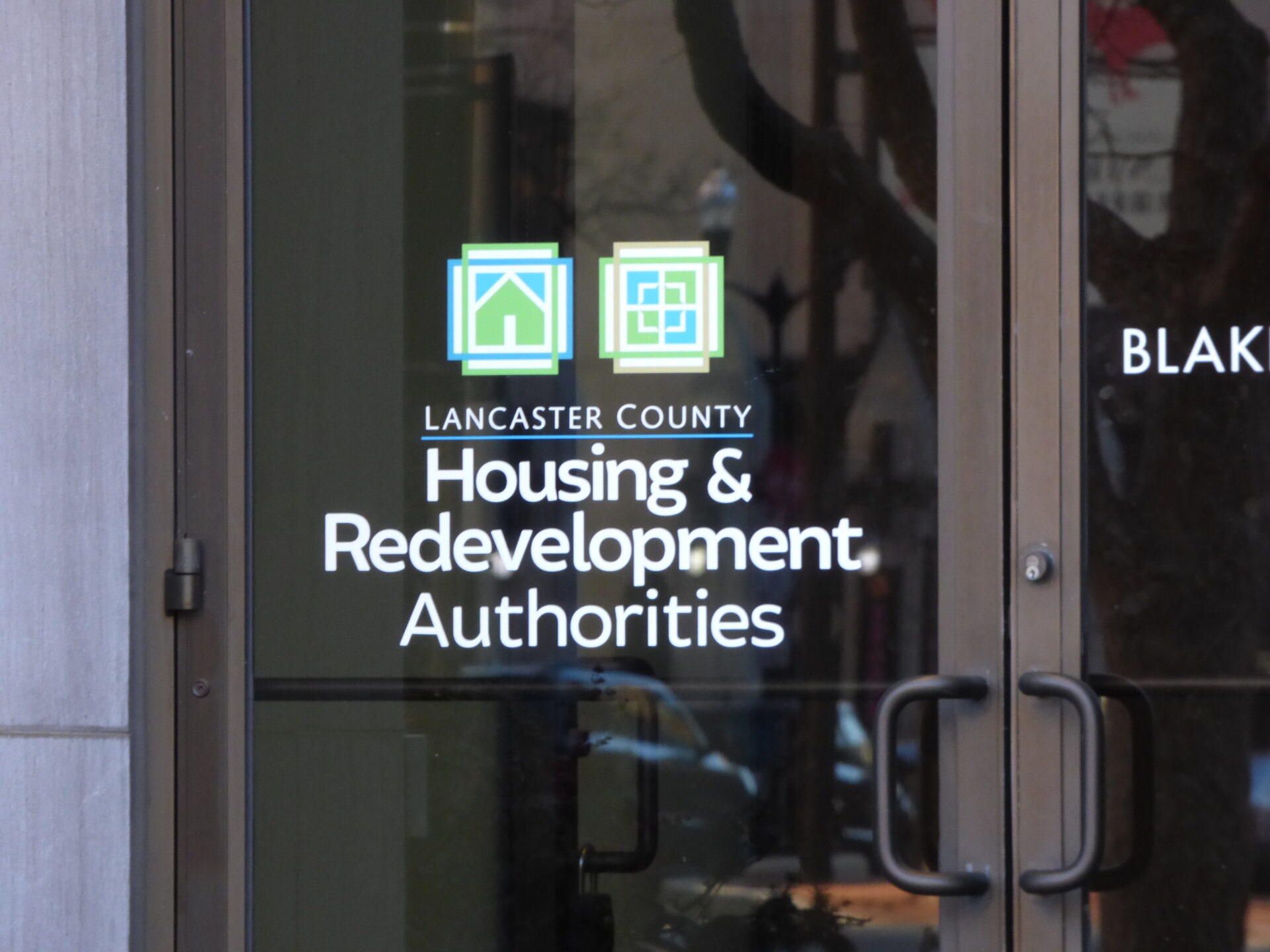The Lancaster County Redevelopment Authority has temporarily ceased accepting applications for pandemic rental assistance.

The pause, implemented Monday, may end up being a permanent stoppage, but that is unlikely, the authority’s executive director, Justin Eby, said Wednesday.
Rather, the odds are that the authority will reopen the Emergency Rental Assistance Program, or ERAP, to applicants later this year. The decision will be based on a review that Eby said he hopes can be completed within three weeks.
The authority has some appointments with new applicants in coming days that were set up before Monday’s announcement. Those will be honored, and work will continue with clients whose applications have already been submitted or approved. Payments to landlords will continue to go out.
The pause is needed to assess where the ERAP program stands, Eby said. It also will give the authority, which like many organizations has been struggling to maintain staffing levels, a chance to catch up with a backlog of applications.
“If you have no staff to meet with folks, it doesn’t help,” he said.
ERAP pays rent on behalf of eligible households that suffered negative economic impacts in the Covid-19 pandemic and earn no more than 80% of area median income. The authority administers the program in Lancaster County using federal Covid-19 relief dollars.
To date, the authority has received more than 8,000 ERAP applications and has approved more than 4,000 of them. It has paid out about $34 million, Eby said.
That leaves roughly $29 million unspent, but some portion of that will be needed to pay rent for existing ERAP clients. The pause will give the authority time to clarify the program’s financial picture, Eby said.
The organization also plans to use the pause to shore up its procedural controls. That will include strengthening communication with landlords to reduce opportunities for fraud, he said.
Concerns over fraud motivated the authority to shut down its online ERAP application portal in mid-April. Applicants must now visit the authority’s offices or a case manager in person at one of more than a dozen organizations, mostly nonprofits, that are partnering with the authority to help with client intake.
Lastly, the pause will provide an opportunity for the authority to review its ERAP eligibility criteria.
The federal government provided two tranches of ERAP money: ERAP 1, which the authority has exhausted, and ERAP 2, which can be spent as late as September 2025.
The government’s guidelines said ERAP 1 was for households that experienced financial hardship “due, directly or indirectly” to the Covid-19 pandemic; the guidelines for ERAP 2 are phrased slightly differently and encompass households experiencing hardship “during” the outbreak.
Since the closure of the online application portal in April, the authority and its partners have met with about 750 would-be applicants. About half were deemed ineligible after a preliminary interview; the other half, about 375, continued with the application process.
ERAP has been available in Lancaster County for more than a year, and “by now, we’ve addressed the majority of the arrears,” Eby said.
Other Pennsylvania counties’ ERAP programs stopped accepting applications months ago as they reached the end of their available funding. Philadelphia closed its application window in early January; Pittsburgh’s home county of Allegheny County closed its at the end of March.
Programs elsewhere have stopped and restarted applications. Oregon’s and New York’s state ERAP programs both reopened in January after earlier closures.
Closer to home, Berks County briefly reopened its rental assistance program in April after closing it last fall and is contemplating reopening it again in coming weeks.






